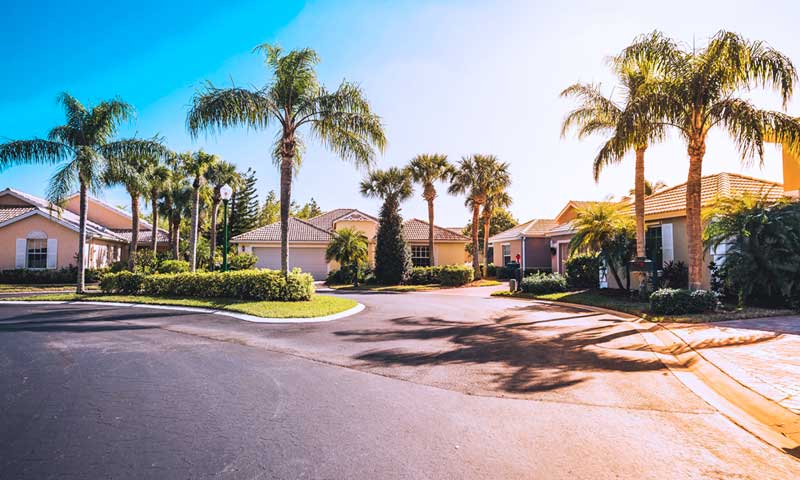BLOG
Security cameras in community associations, especially in sprawling HOA communities with gated entries and considerable common areas, help to provide residents and guests with an added measure of peace of mind. However, there are important privacy considerations for associations seeking to install surveillance systems, and there are also questions about whether these systems may constitute material alterations that must be approved by a vote of an association’s membership.
In general, community associations are allowed to install and utilize security cameras to monitor their common areas. The most important limitation in their use is that the cameras should not be positioned to view areas in which residents may reasonably expect a level privacy, such as restrooms, locker rooms, and private dwellings or backyards.
Another important consideration is whether the deployment of security camera systems constitute a material alteration which may require a vote of the association’s voting interest. Decisions over this issue in arbitrations before the State of Florida’s Division of Condominiums, Timeshares and Mobile Homes have held that security camera installations may be considered material alterations. Therefore, unless an association’s specific governing documents provide otherwise, they may first have to be approved by a vote of the owners, which in some cases may be at least 75 percent of the membership. Some association governing documents require less than the statutory 75 percent threshold to approve a material alteration, and some only require membership approval when the cost of the alteration exceeds a specific amount.
However, several arbitrations before the state regulatory agency hold that an association board of directors can approve security cameras when they are considered necessary to protect the common elements. These decisions indicate it is improper for associations to avoid membership approvals just because cameras would make it less likely for criminal activity to occur. Instead, an association must find that a demonstrated history of crimes in the community or its surrounding area necessitate cameras to help prevent and prosecute such activities.
The questions of monitoring, storage and access to the footage shot by cameras must also be addressed prior to their deployment. Monitoring by professional security services can be cost prohibitive for some associations, and the storage of the video recordings and restrictions limiting who could access the footage are important considerations for associations to resolve prior to installations. For example, some associations require a court-ordered subpoena for unit owners to request and view footage, and the policies on access to the footage should be communicated to all owners and residents.
Associations considering the installation of security cameras should first consult with experienced association legal counsel to evaluate all of these and other important considerations. After a careful review of all the pertinent information, including the corresponding elements of an association’s governing documents, qualified attorneys will be able to provide informed and authoritative guidance as to how to proceed.
Our firm’s other community association attorneys and I write about important issues for associations and their property managers in this blog, and we encourage association directors, members and property managers to enter their email address in the subscription box on the right to automatically receive all our future articles.

